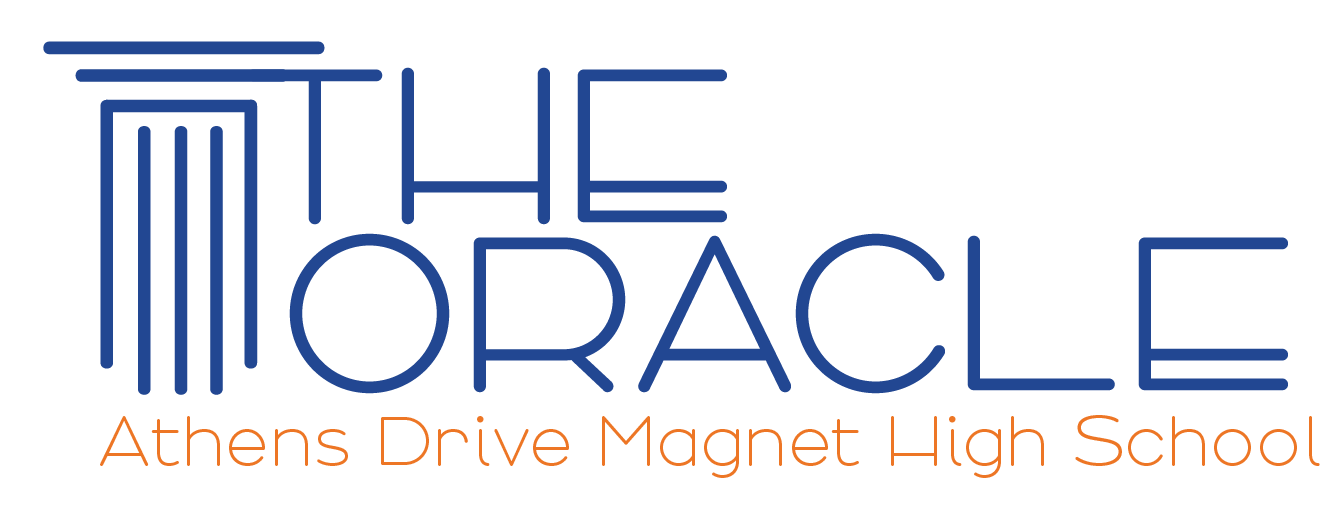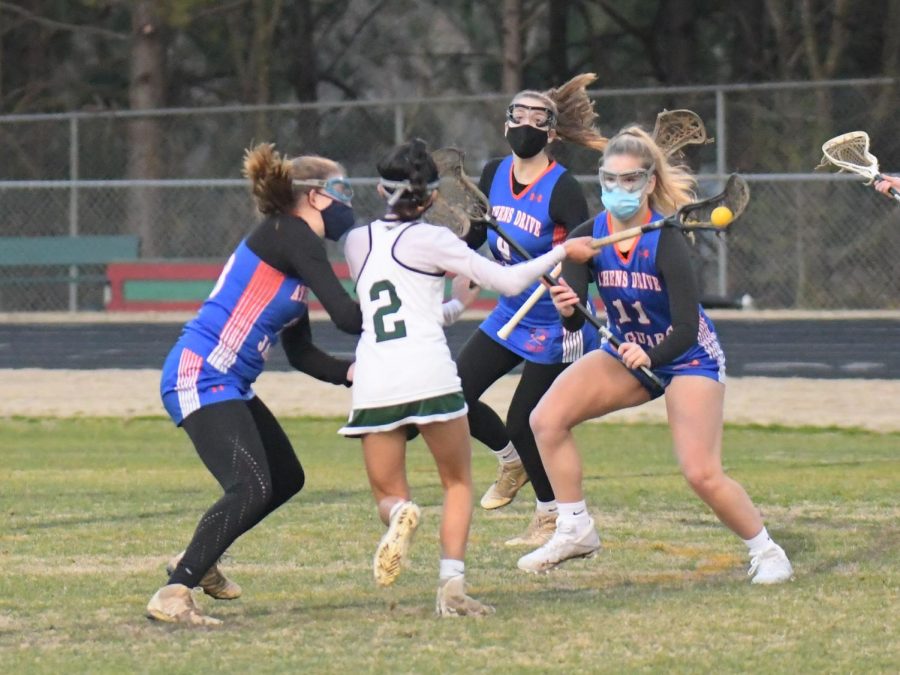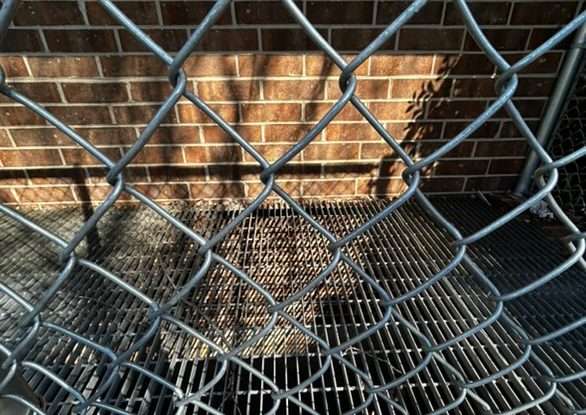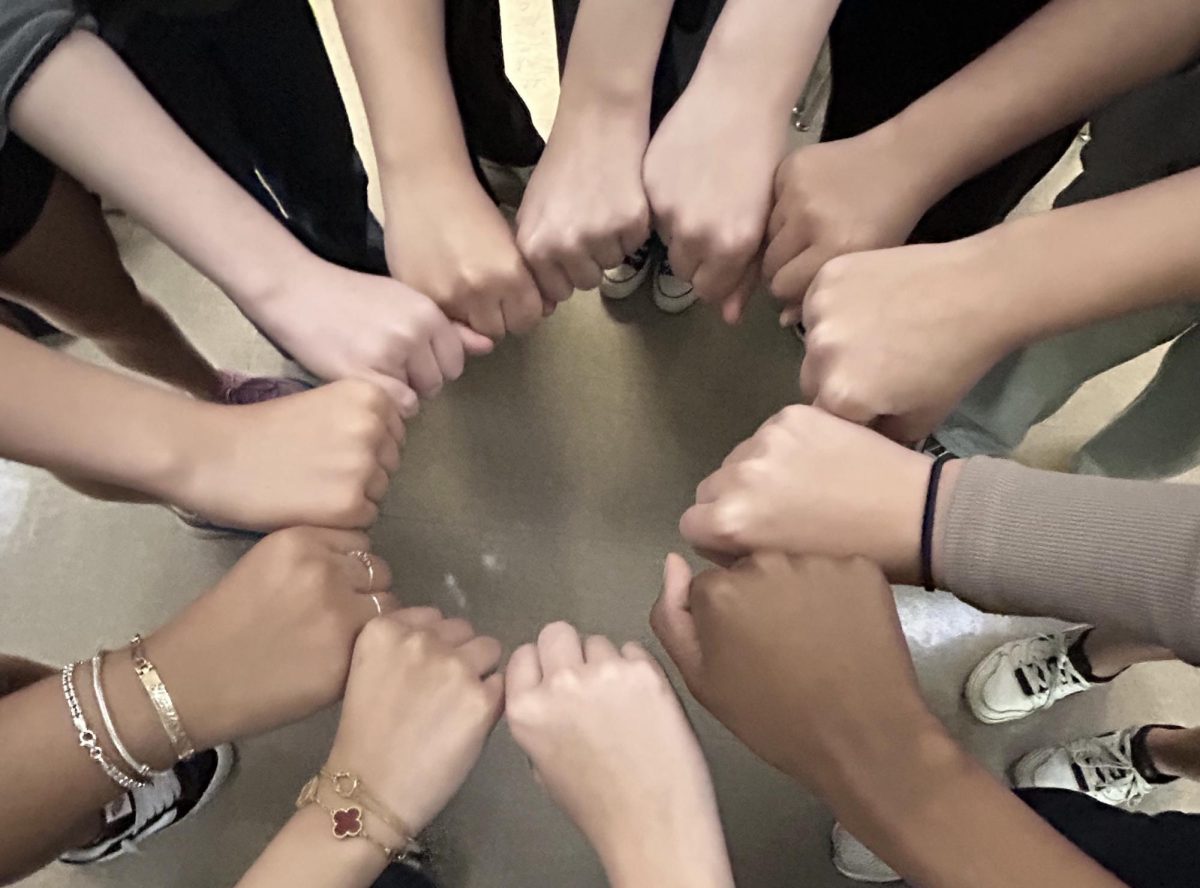The COVID-19 pandemic saw the end of many extracurricular activities such as high school sports that are now making a comeback, even with the threat of illness hanging constantly over teams. While the CDC has strongly indicated the dangers that accompany its continuation, the allure of team sports won out. Now, even while following recommendations put forth by the CDC, students and coaches involved in high school sports face a much greater risk of exposure than they did before. To try and compensate for the necessary precautions, many important parts of sports and their cultures have been sacrificed.
The CDC has noted that the highest risk sports option is to compete against geographically separated teams, followed closely by competing with teams in your area. As high school sports restart, both of these have resumed. Additionally, the CDC warned that masks can easily get wet while playing sports, causing discomfort to the player as well as risking the potential that wet masks are less effective at reducing the spread of disease. Sports, especially close contact ones, make it difficult to maintain the recommended six feet of distance. If a sport isn’t in contact, it may be an indoor sport, where the risk of spreading COVID is greater due to less air circulation and closer proximity. Thus, continuing sports in this setting perpetuates many risks that are difficult to avoid and unethically heighten the risk of contracting COVID.
In an ineffectual attempt to make sports safe, the spirit of high school sports has been inhibited. Rules such as limited or no spectators, shortened seasons, and the elimination of pregame festivities, while necessary, take away some of the best parts of playing sports. The joy and value both on and off the field that comes from team-building activities such as pregame meals, student-led practices, and even something as simple as a breakdown chant have been taken from high school athletes. Due to the risk in sports, team sizes are also much smaller. The lack of players makes games difficult and takes away teamwork and togetherness. When the activities that bring joy and passion into a sport are taken away and replaced instead with a threat to athletes’ lives hanging over their heads, it is simply prudent to postpone sports.
As society tries to cope with the isolation and homebound impediment of isolation, we must find healthier and safer ways to encourage activity amongst high schools. Restarting high school sports is callous and near-sighted. Students may find healthier ways to strengthen their skills
so the return to high school sports can be smooth and much more enjoyable at a time where it is safer for all. Schools can provide student-athletes with individual workouts that can be done at home, teams can work on cardio and other distanced workouts, and scrimmages can occur within teams until students can safely return to full participation in sports.







